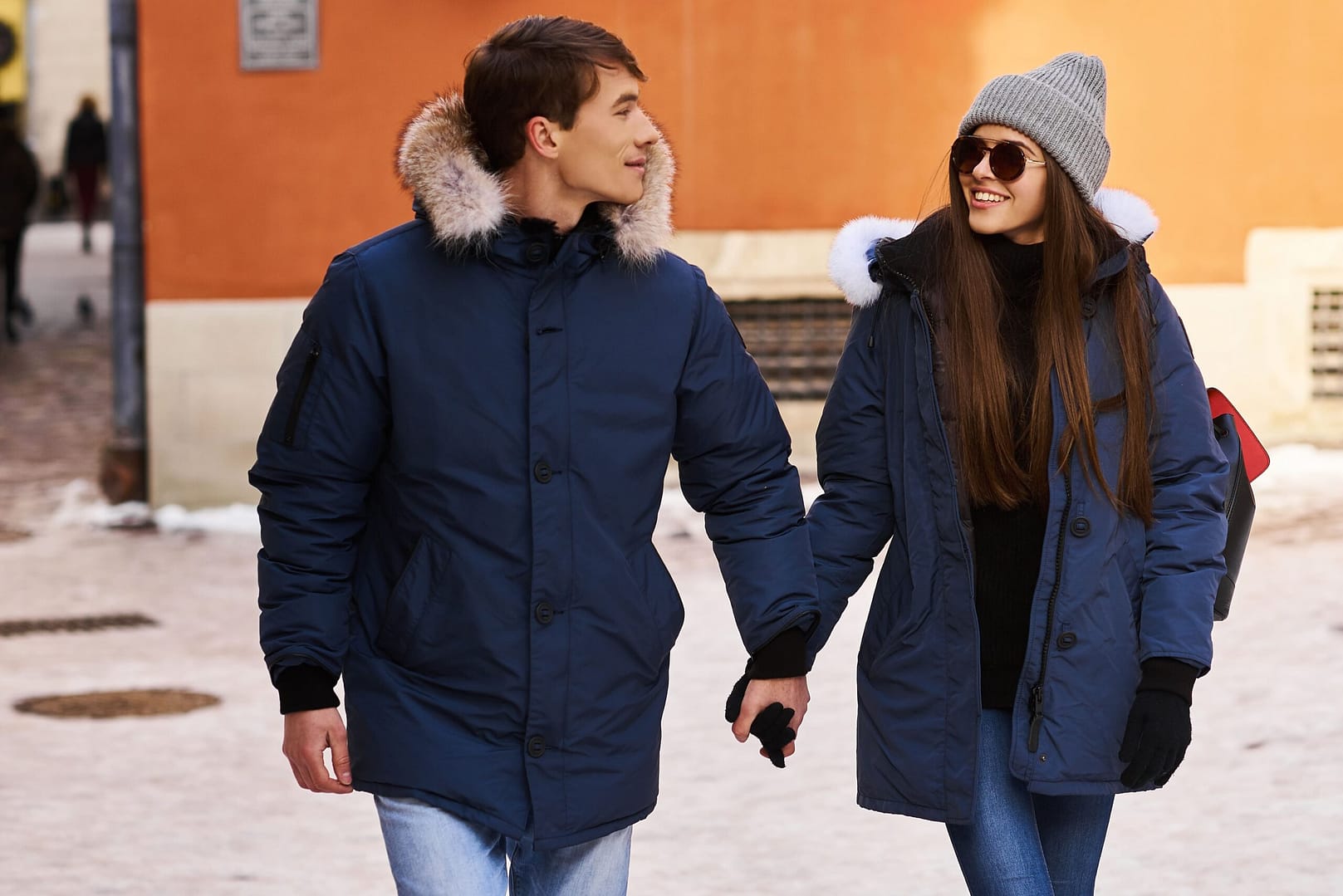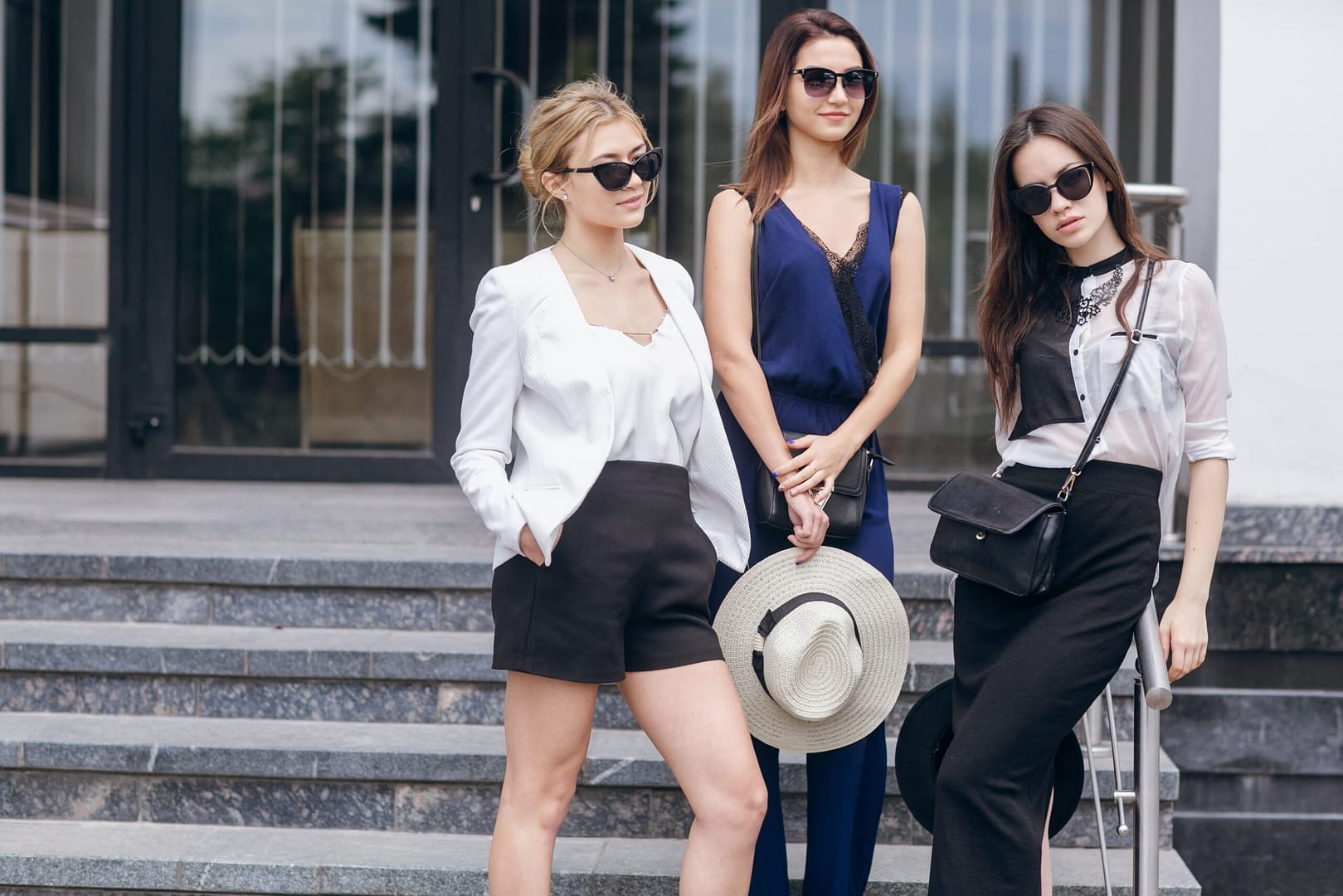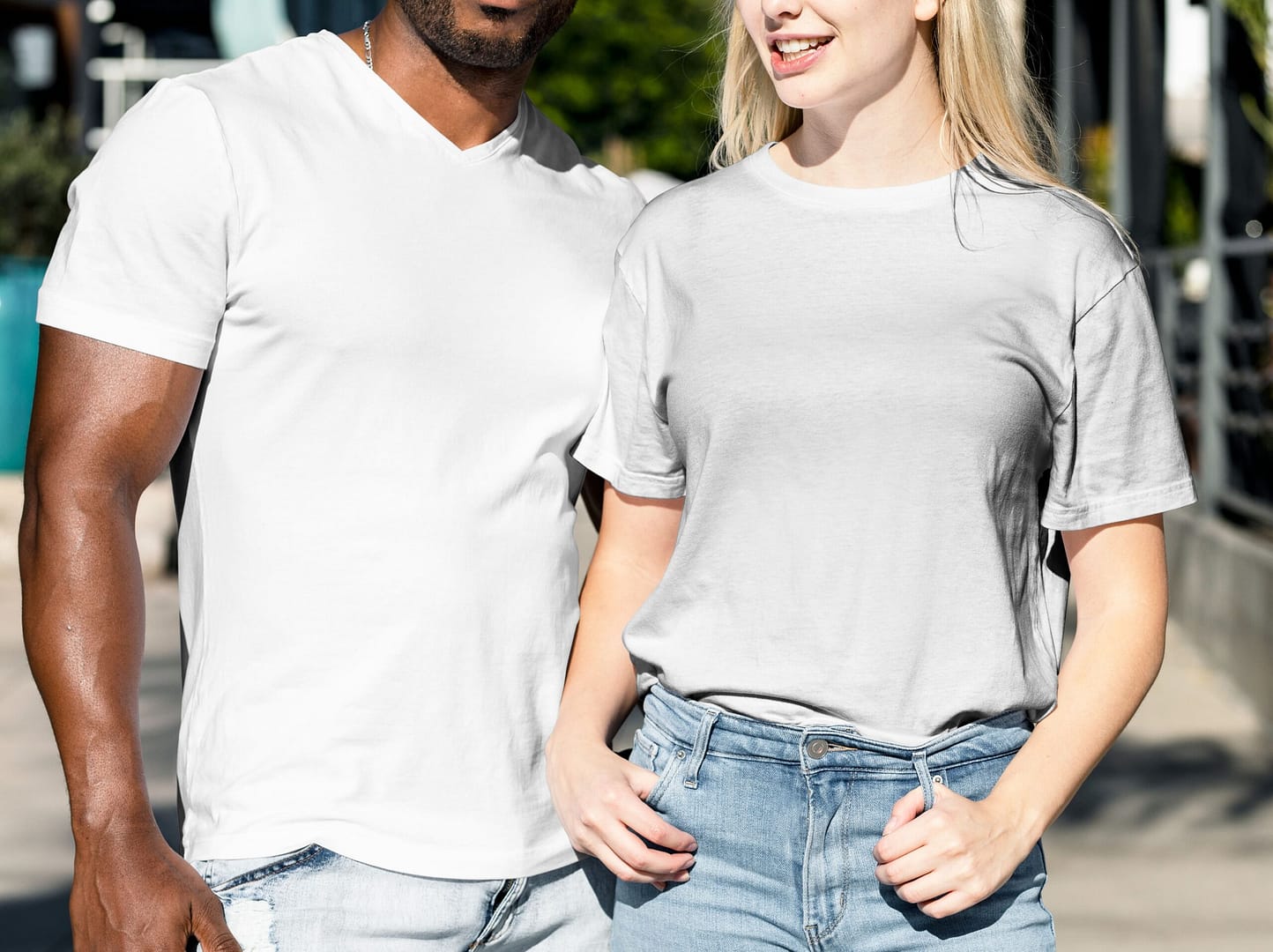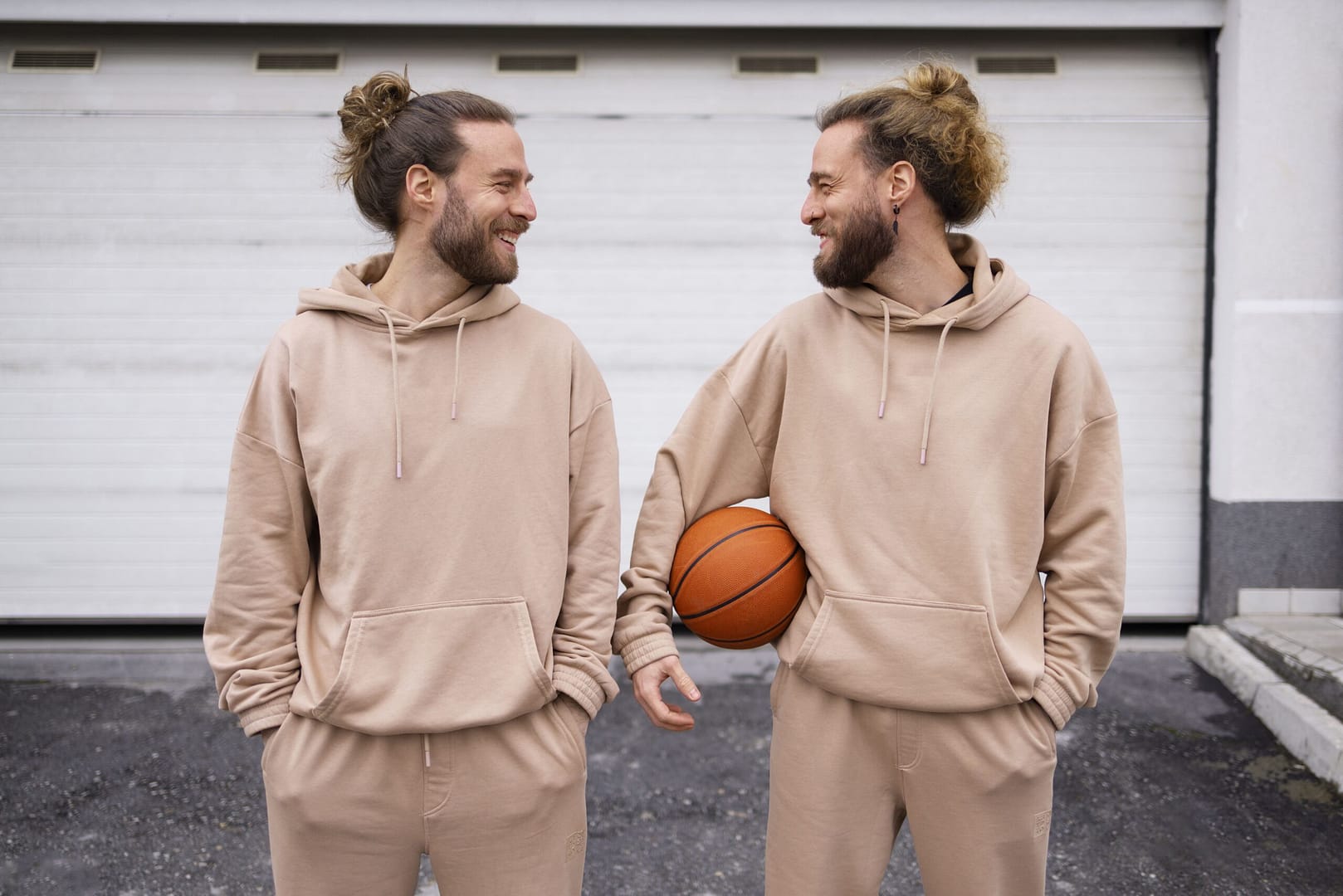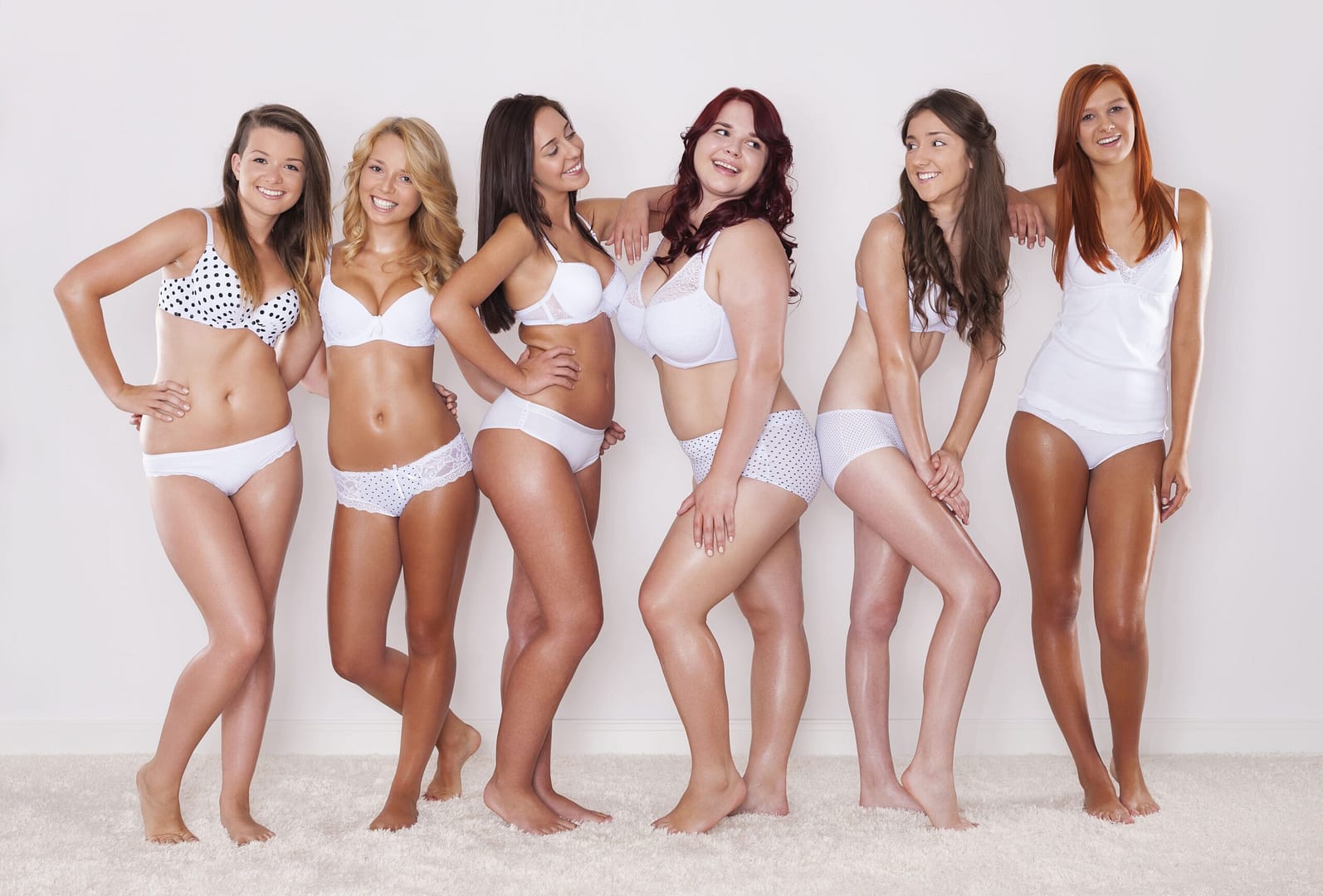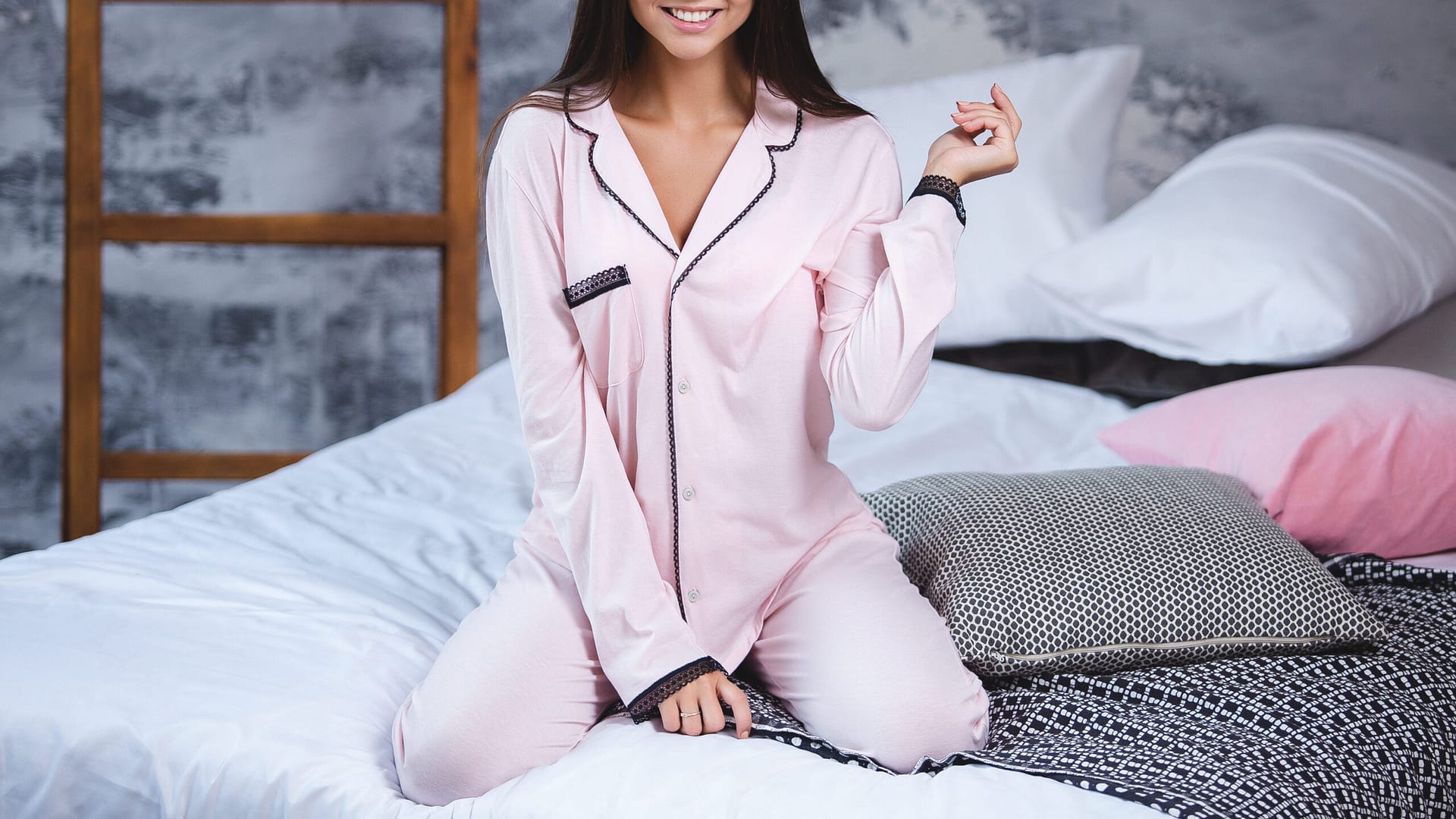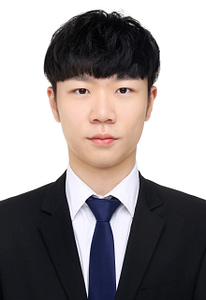In the world of activewear, fabric isn’t just a medium; it’s a game-changer. The distinction between a well-received product and an average one often lies in the choice of fabric. The right material can significantly enhance the performance, comfort, and appeal of activewear, making it imperative for designers to make informed decisions in this area. This comprehensive guide delves deep into the intricacies of activewear fabrics, ensuring designers are well-equipped to craft standout apparel.
The rise of the athleisure trend, coupled with an increasing emphasis on fitness, has catapulted activewear to the forefront of fashion. As activewear garments transition from the gym to the streets, the demand for fabrics that balance aesthetics with functionality has surged. With myriad fabric choices and countless technical jargons, diving into the realm of activewear materials might seem daunting. Yet, understanding these fabrics is crucial for any designer aiming to make a mark in this bustling segment.
Key Features to Look for in Activewear Fabric
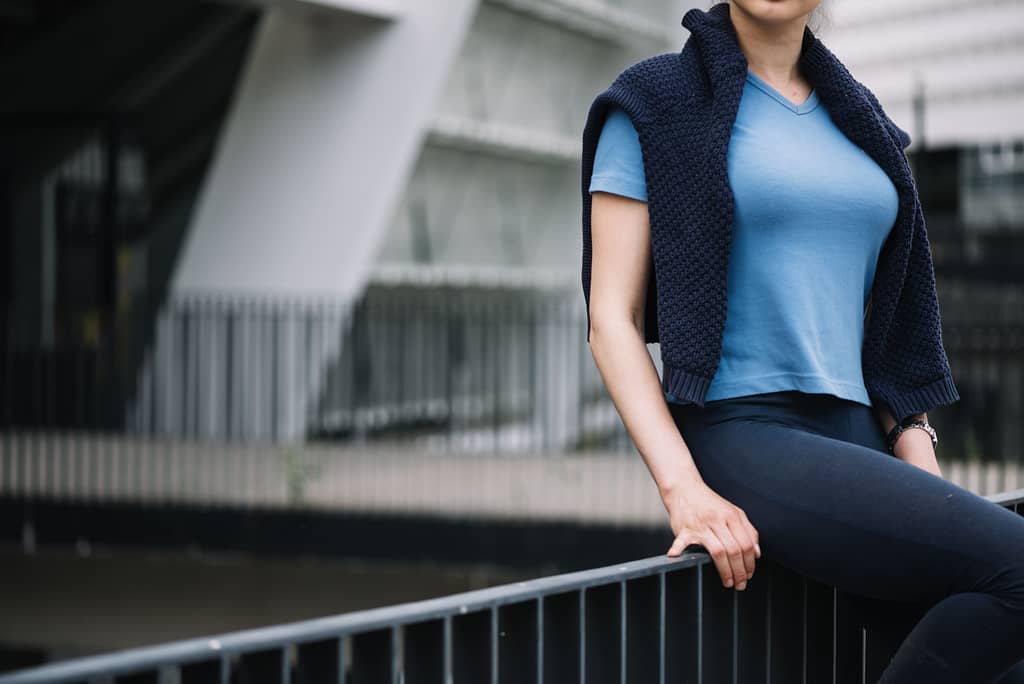
Before choosing a fabric for your activewear line, you need to understand the essential properties that contribute to performance and comfort:
Moisture-Wicking
A must-have feature for any high-performance sportswear. Moisture-wicking fabrics pull sweat away from the body, keeping the wearer dry and comfortable during intense workouts.
Breathability
Good activewear fabrics allow airflow, preventing overheating and discomfort. This is especially important for gym wear, running gear, and yoga clothing.
Stretch & Flexibility
Sportswear requires a certain level of stretch to allow unrestricted movement. Fabrics blended with spandex or Lycra® provide flexibility and enhance comfort.
Durability
Since activewear is frequently washed and used in high-impact activities, the fabric must be resistant to pilling, tearing, and shrinkage.
Softness & Comfort
No one wants itchy or rough workout clothes! The fabric should feel smooth against the skin, providing a pleasant wearing experience even during long hours of exercise.
Compression & Support
Some activewear, like leggings and compression shirts, is designed to provide muscle support and blood circulation benefits. Compression-friendly fabrics ensure a snug yet comfortable fit.
Common Types of Activewear Fabrics
To help you understand activewear fabric options better, let’s go through the most commonly used materials one by one.
1. Polyester – The Most Popular Activewear Fabric
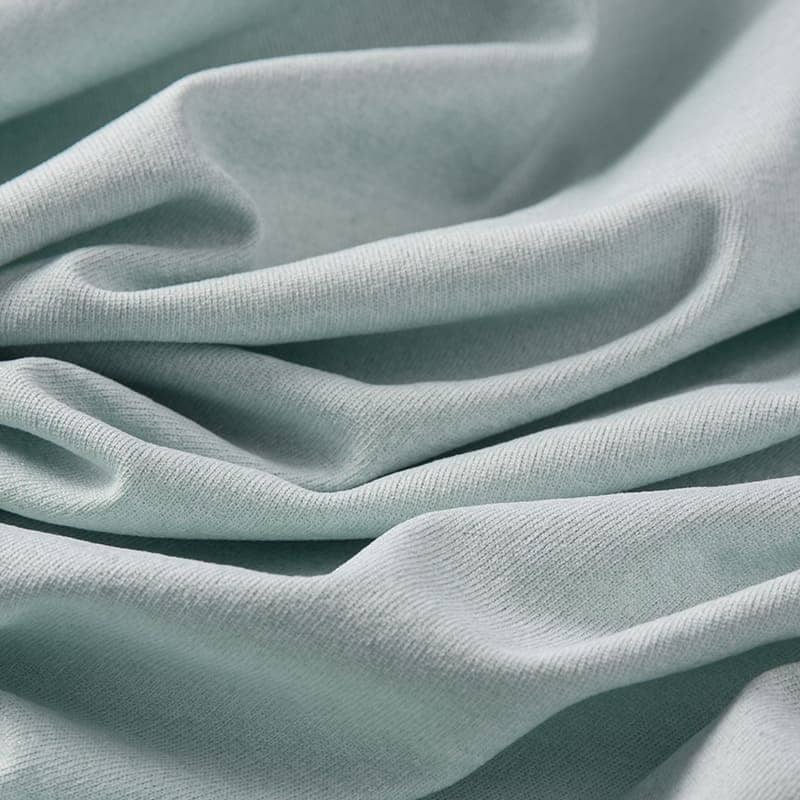
Polyester is the most widely used fabric in activewear due to its excellent durability, moisture-wicking capabilities, and affordability. This synthetic fabric is lightweight and resistant to shrinking and wrinkles, making it an ideal choice for high-performance sportswear.
Why Polyester is Ideal for Activewear
✔️ Moisture-Wicking – Polyester is hydrophobic, meaning it repels water rather than absorbing it. This helps sweat evaporate quickly, keeping the wearer dry and comfortable during workouts.
✔️ Quick-Drying – Unlike natural fabrics such as cotton, polyester dries fast, making it perfect for athletes and gym-goers who sweat a lot.
✔️ Durable & Wrinkle-Resistant – Activewear needs to withstand frequent washing and high-intensity movement. Polyester is highly resistant to wear and tear, maintaining its shape and performance over time.
✔️ Lightweight & Breathable – Many polyester fabrics are engineered to be breathable, ensuring good airflow and preventing overheating.
Advanced Polyester Technologies
Many leading brands enhance polyester fabrics with special technologies for even better performance:
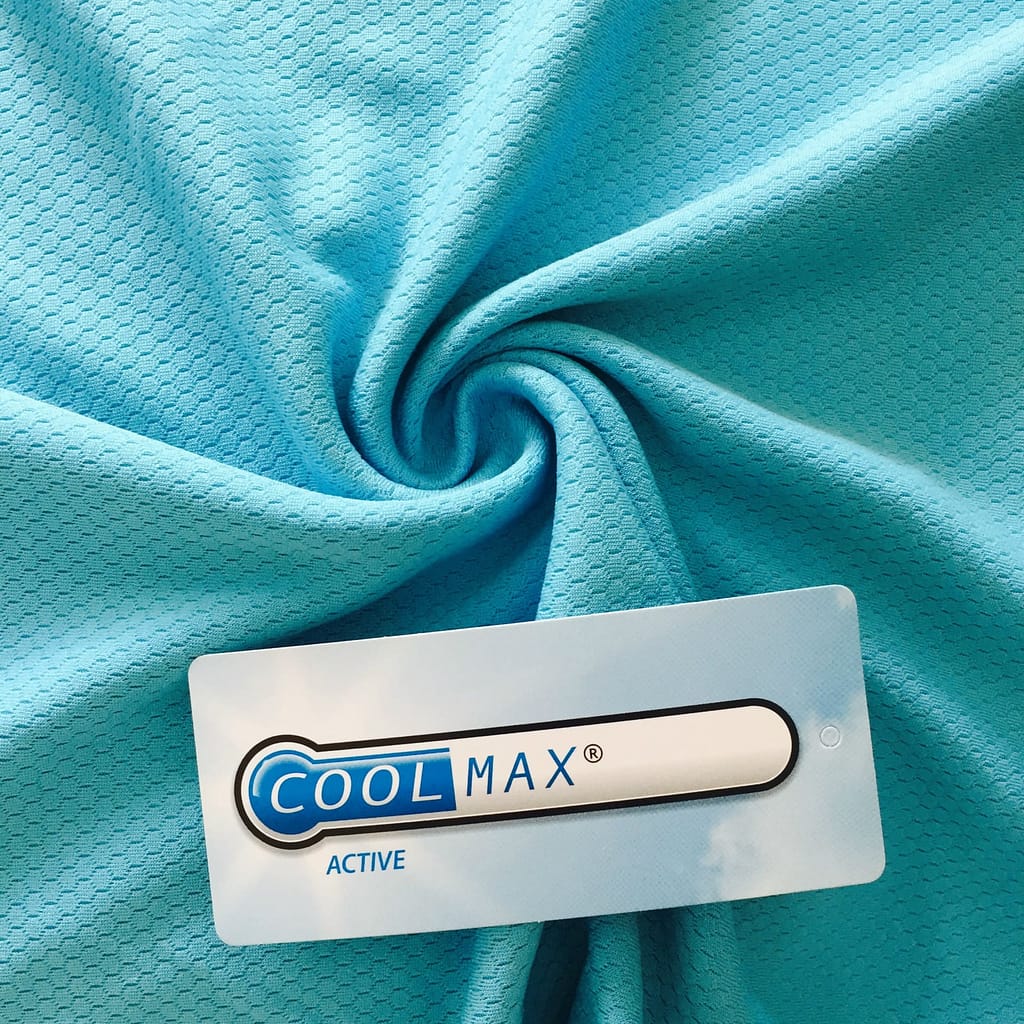
- CoolMax® – Designed to improve breathability and moisture-wicking, often used in high-performance sportswear.
- Dri-FIT® – Nike’s proprietary polyester blend that enhances sweat evaporation for better comfort.
- Recycled Polyester – Made from post-consumer plastic bottles, this sustainable alternative reduces environmental impact while maintaining the same performance benefits.
When to Use Polyester in Activewear
Polyester is best suited for:
Gym and workout clothes (t-shirts, shorts, leggings)
Running and cycling apparel
Athleisure and casual activewear
Moisture-wicking base layers
Potential Downsides
⚠️ Polyester is not as soft as some natural fabrics, though modern versions have improved texture.
⚠️ It may retain odors more than natural fibers, so anti-odor treatments are often added.
Polyester is a go-to choice for many activewear brands due to its versatility, durability, and affordability. It remains one of the most cost-effective and performance-driven materials in sportswear manufacturing.
2. Nylon – Soft, Strong, and High-Performance
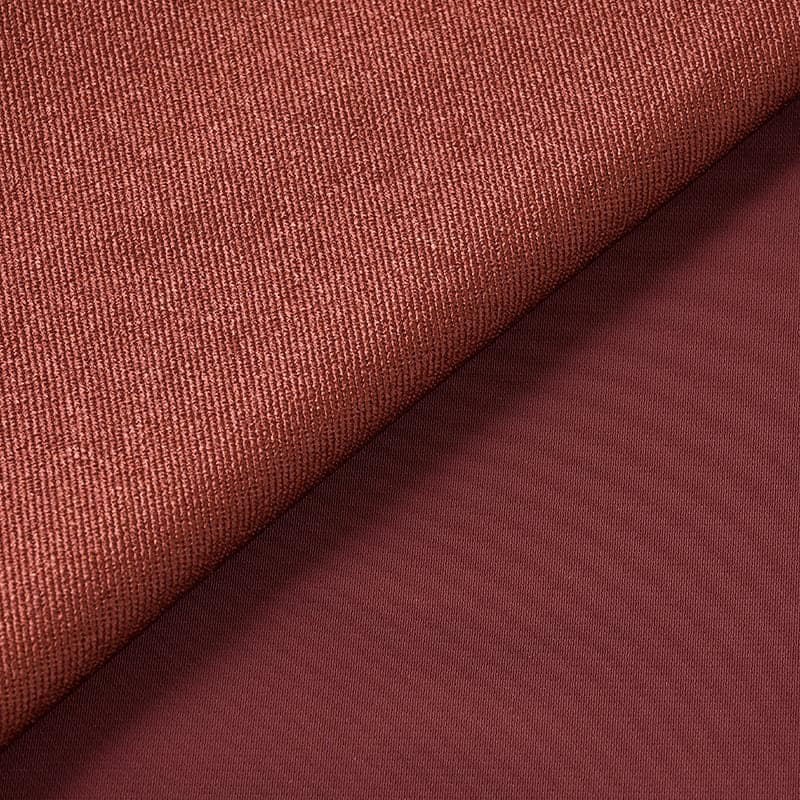
Nylon is another synthetic fabric widely used in activewear, known for its superior softness, durability, and elasticity. It is often compared to polyester but offers a smoother feel and higher resistance to abrasion, making it a premium choice for high-performance sportswear.
Why Nylon is Ideal for Activewear
✔️ Soft and Smooth Texture – Nylon has a silk-like feel, making it more comfortable against the skin compared to polyester. This makes it a popular choice for leggings, sports bras, and compression wear.
✔️ Excellent Stretch and Recovery – Nylon naturally has some elasticity, and when blended with spandex (Lycra® or elastane), it offers high flexibility and shape retention.
✔️ Superior Durability – Nylon is extremely tear-resistant and abrasion-resistant, making it ideal for high-impact sports like cycling, running, and outdoor activities.
✔️ Moisture-Wicking and Quick-Drying – Like polyester, nylon repels water and dries quickly, keeping athletes dry and comfortable.
Premium Nylon Variants for Performance Sportswear
High-end activewear brands often use specialized nylon fabrics for enhanced durability and comfort:
- Cordura® Nylon – A highly durable and abrasion-resistant nylon fabric, often used in outdoor and extreme sports apparel.
- Supplex® Nylon – Engineered to feel like cotton but with superior durability and moisture-wicking properties.
When to Use Nylon in Activewear
Nylon is ideal for:
High-impact sportswear (cycling shorts, compression leggings)
Athleisure and luxury activewear
Sports bras and form-fitting apparel
Hiking and outdoor performance wear
Potential Downsides
⚠️ Higher Cost – Nylon is generally more expensive than polyester, which may affect pricing strategies for new brands.
⚠️ Slightly Less Breathable – While moisture-wicking, nylon is not as naturally breathable as some natural fabrics. However, mesh panels and blended fabric options can improve ventilation.
Because of its premium feel and durability, nylon is often chosen by brands that focus on high-performance, luxury, or compression activewear. It’s a great investment for startups targeting mid-to-high-end markets.
3. Spandex (Lycra® / Elastane) – The Key to Flexibility
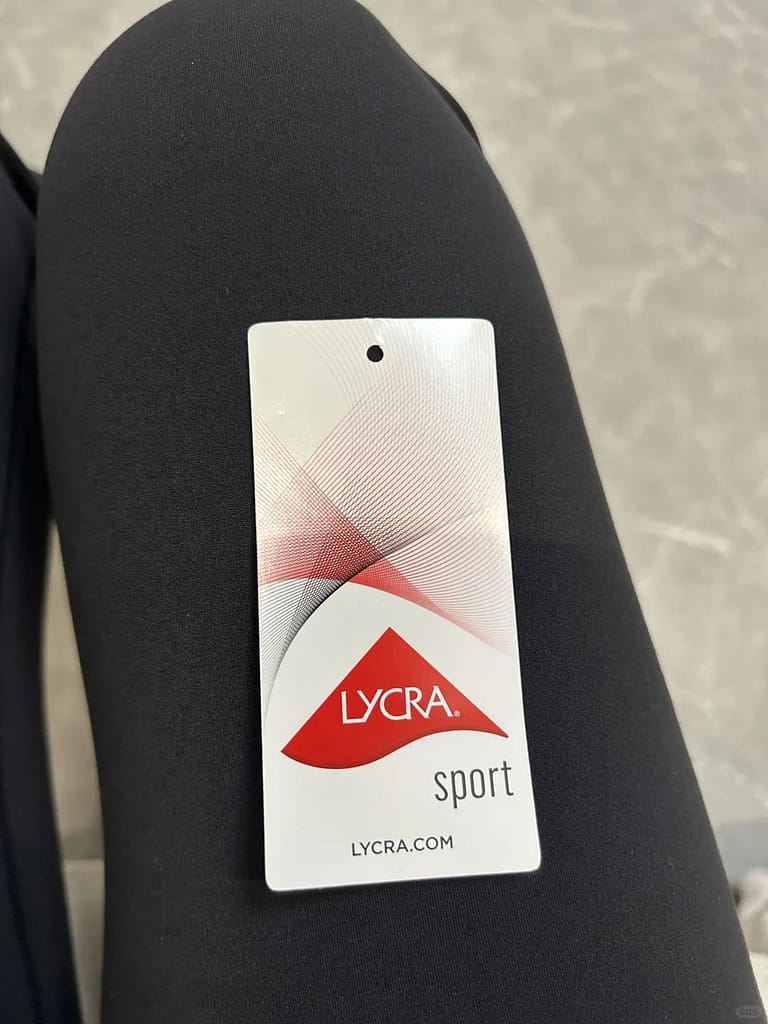
Spandex, also known as Lycra® or elastane, is an essential fabric in activewear that provides exceptional stretch and flexibility. While it is rarely used on its own, spandex is blended with other fabrics like polyester or nylon to enhance elasticity and shape retention.
Why Spandex is Ideal for Activewear
✔️ Extreme Stretchability – Spandex can stretch up to 5-8 times its original size, making it perfect for form-fitting garments like leggings, yoga pants, and sports bras.
✔️ Shape Retention – Unlike some fabrics that lose their fit over time, spandex ensures garments maintain their shape and offer long-lasting support.
✔️ Comfortable Compression – The elasticity of spandex provides muscle support and improves circulation, making it ideal for compression wear and high-performance sportswear.
✔️ Lightweight & Breathable – Despite its stretch, spandex remains thin and breathable, ensuring comfort even during intense workouts.
Blending Spandex for Performance Activewear
Since spandex is too elastic to be used alone, it is typically blended with other fabrics:
- Polyester + Spandex – Popular for running tights, compression gear, and sports bras, combining moisture-wicking with stretch.
- Nylon + Spandex – Provides a softer feel with excellent flexibility, often used in premium yoga wear and athletic leggings.
- Cotton + Spandex – Used in casual or light sportswear, offering comfort with moderate stretch.
When to Use Spandex in Activewear
Spandex is essential for:
Leggings and yoga pants
Compression wear (sports bras, base layers, running tights)
Form-fitting athletic wear (cycling shorts, dancewear, swimsuits)
Potential Downsides
⚠️ Not Moisture-Wicking – Spandex itself does not wick moisture, so it needs to be blended with polyester or nylon to prevent sweat retention.
⚠️ Sensitive to Heat and Chemicals – Spandex can lose elasticity if exposed to high heat, chlorine, or harsh detergents, so care instructions must be clear for consumers.
Because of its high elasticity and superior fit, spandex is a must-have for activewear brands focusing on flexibility, comfort, and compression performance.
4. Polypropylene – The Best for Cold Weather & Water Resistance
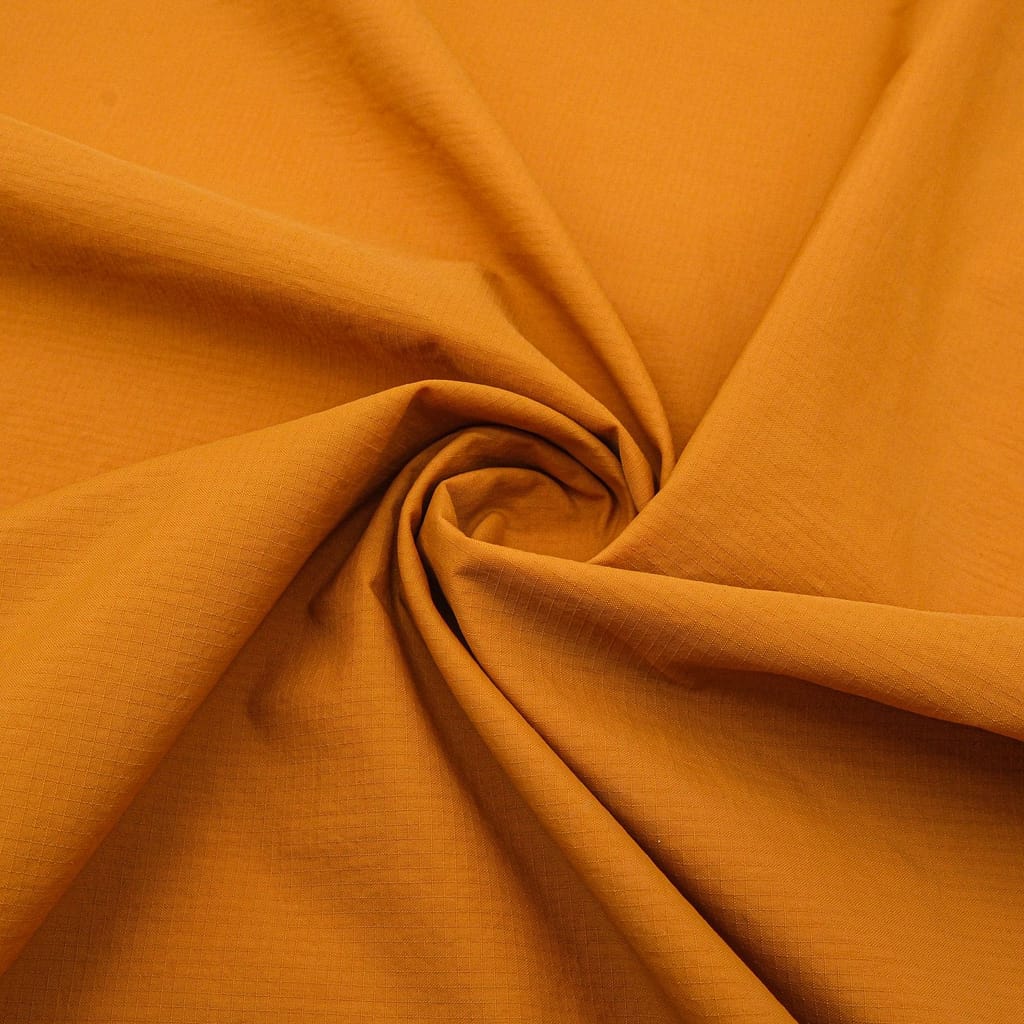
Polypropylene is a synthetic fabric that is highly valued in activewear for its water-resistant and insulating properties. Unlike polyester and nylon, which wick moisture away, polypropylene completely repels water, making it a great choice for cold-weather and outdoor sportswear.
Why Polypropylene is Ideal for Activewear
✔️ Water-Resistant & Quick-Drying – Polypropylene does not absorb moisture, ensuring that sweat is pushed to the outer layer of the fabric, where it can evaporate. This keeps the wearer dry even in cold or wet conditions.
✔️ Lightweight Yet Insulating – Despite being very light, polypropylene acts as an effective insulator, helping to retain body heat—ideal for winter base layers.
✔️ Highly Durable – Resistant to tearing, stretching, and shrinking, polypropylene holds up well against repeated washing and wear.
✔️ Odor-Resistant – Since it doesn’t absorb moisture, it doesn’t trap sweat and odor the way polyester sometimes can.
When to Use Polypropylene in Activewear
This fabric is best suited for:
Base layers in winter sportswear (skiing, snowboarding, hiking)
Running gear for cold or wet weather
Outdoor and adventure wear (camping, trekking, cycling jackets)
Sweatproof inner layers for high-intensity training
Potential Downsides
⚠️ Not Very Breathable – While polypropylene is excellent for insulation, it is less breathable than polyester and nylon, making it unsuitable for very hot conditions.
⚠️ Melts Under High Heat – Polypropylene can melt if exposed to extreme heat (such as in dryers or ironing).
Because of its water resistance and insulating properties, polypropylene is an excellent choice for winter activewear, adventure gear, and moisture-proof base layers. If your brand is targeting cold-weather athletes or outdoor enthusiasts, this fabric is worth considering.
5. Cotton – Comfortable but Not Ideal for High-Sweat Activities
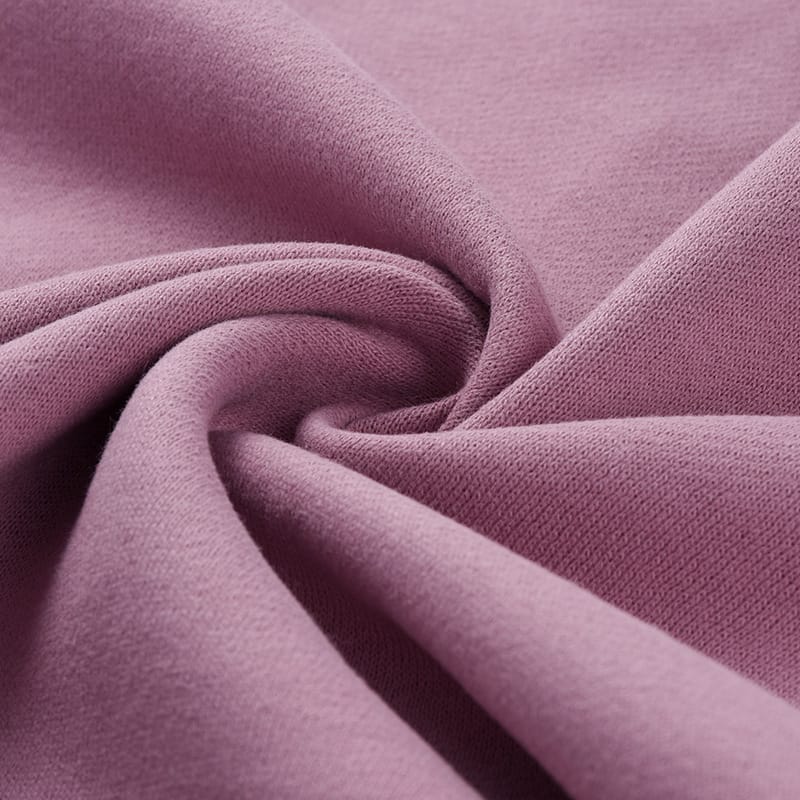
Cotton is a natural fiber known for its softness, breathability, and comfort. While it is a staple in casual and athleisure wear, it is not always the best choice for high-intensity workouts due to its moisture-absorbing properties.
Advantages
✔️ Soft and Skin-Friendly – Cotton is naturally soft and hypoallergenic, making it comfortable to wear for extended periods.
✔️ Highly Breathable – Allows air to circulate, preventing overheating in mild to moderate activity.
✔️ Sustainable & Biodegradable – As a natural fiber, cotton is an eco-friendly choice, especially when sourced as organic cotton.
Why Cotton is Not Always the Best for Sportswear
⚠️ Absorbs Moisture – Unlike synthetic fabrics like polyester and nylon, cotton absorbs sweat and dries slowly, making it feel heavy and damp during workouts.
⚠️ Less Stretchy – Pure cotton does not have the flexibility of spandex or nylon, which can limit movement in high-performance activities.
⚠️ Wrinkles & Shrinks Easily – Cotton garments can shrink after washing, so pre-shrunk or blended fabrics are often preferred.
Best Uses for Cotton in Activewear
While cotton alone is not ideal for intense workouts, it works well in blended fabrics or low-intensity sportswear, such as:
Athleisure wear (casual sportswear, joggers, hoodies)
Yoga and Pilates apparel (when blended with spandex for stretch)
Light workout clothing (such as breathable gym t-shirts)
Base layers in mild climates
Popular Cotton Blends for Activewear
To improve its performance, cotton is often blended with synthetic fibers:
- Cotton + Polyester – Increases durability and moisture control while maintaining a soft feel.
- Cotton + Spandex – Adds stretch and flexibility for better movement in yoga or casual sportswear.
While cotton remains a popular fabric for lifestyle and athleisure brands, it is generally not recommended for high-intensity workouts where moisture-wicking performance is required. However, blended options can offer a balance of comfort and functionality.
6. Merino Wool – The Premium Outdoor Fabric
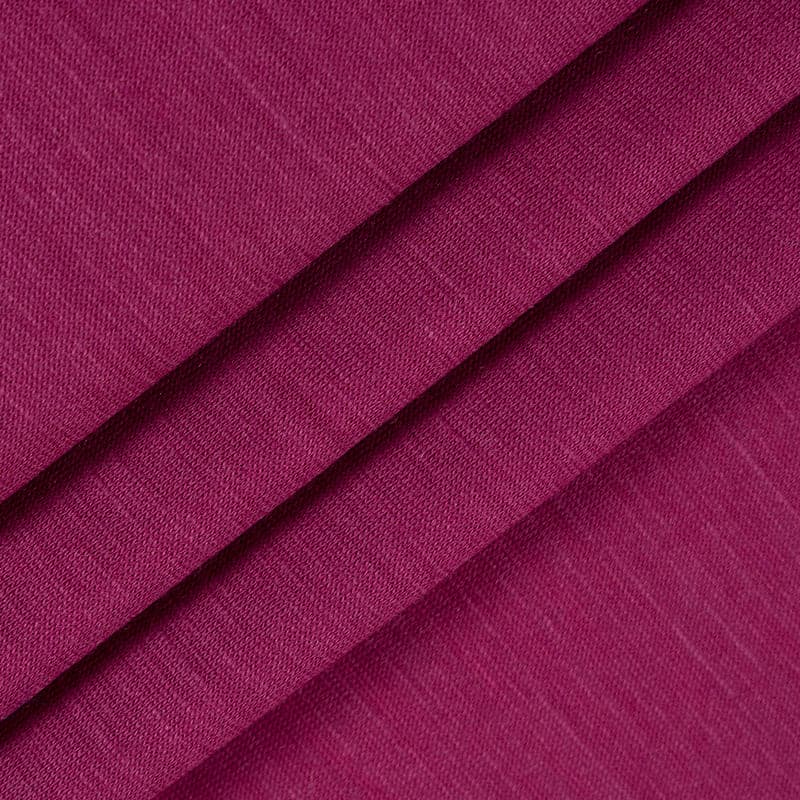
Merino wool is a natural fiber known for its temperature-regulating, moisture-wicking, and odor-resistant properties. Unlike traditional wool, which can feel heavy and itchy, Merino wool is soft, lightweight, and comfortable, making it an excellent choice for outdoor sportswear and performance base layers.
Why Merino Wool is Ideal for Activewear
✔️ Natural Temperature Regulation – Merino wool helps keep the body warm in cold weather and cool in warm weather, making it an all-season fabric.
✔️ Moisture-Wicking & Quick-Drying – Unlike regular wool, Merino wool can absorb moisture while still feeling dry, then release it into the air quickly.
✔️ Odor-Resistant & Antibacterial – One of the best features of Merino wool is its ability to naturally resist odors, making it ideal for multi-day outdoor activities like hiking and camping.
✔️ Soft & Non-Irritating – Unlike traditional wool, Merino wool is fine and smooth, offering a comfortable fit without itching.
Best Uses for Merino Wool in Activewear
Merino wool is commonly used for:
Base layers for cold-weather sports (skiing, hiking, running)
Performance outdoor gear (jackets, thermal leggings, winter sportswear)
Odor-resistant travel and adventure clothing
Moisture-wicking socks and underwear
Potential Downsides
⚠️ More Expensive Than Synthetic Fabrics – Due to its premium qualities and natural sourcing, Merino wool costs more than polyester or nylon.
⚠️ Less Durable Than Synthetic Fibers – While soft, it is not as resistant to wear and tear as synthetic materials, so it may require blending for longevity.
⚠️ Requires Gentle Washing – Delicate care is needed to prevent shrinking or damage.
Merino Wool Blends for Performance Wear
To improve its durability while maintaining its benefits, Merino wool is often blended with:
- Merino Wool + Nylon – Adds strength and durability, making it more resistant to wear.
- Merino Wool + Spandex – Improves flexibility for better movement.
Because of its superior comfort, temperature control, and odor resistance, Merino wool is a top choice for outdoor and winter sportswear. It’s perfect for brands targeting premium activewear and adventure gear markets.
7. Bamboo Fabric – The Eco-Friendly & Breathable Choice
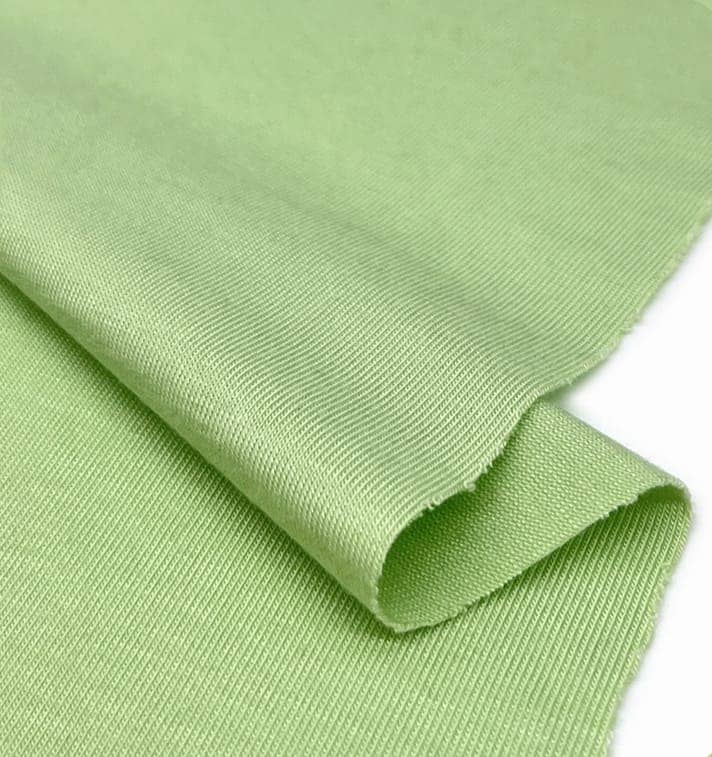
Bamboo fabric is gaining popularity in activewear due to its natural breathability, antibacterial properties, and sustainability. It offers a soft, silky feel, making it an excellent alternative for brands looking to combine comfort with eco-conscious materials.
Why Bamboo Fabric is Ideal for Activewear
✔️ Naturally Moisture-Wicking & Breathable – Bamboo fabric absorbs sweat but also allows for quick evaporation, keeping the wearer cool and dry.
✔️ Antibacterial & Odor-Resistant – Bamboo contains natural antimicrobial agents that help prevent the growth of bacteria, reducing unwanted odors.
✔️ Ultra-Soft & Skin-Friendly – Bamboo fabric has a smooth, luxurious feel, making it comfortable for all-day wear. It is also hypoallergenic, ideal for people with sensitive skin.
✔️ Sustainable & Eco-Friendly – Bamboo grows quickly, requires minimal water, and does not need pesticides, making it one of the most environmentally friendly textile options.
Best Uses for Bamboo Fabric in Activewear
Bamboo fabric is best suited for:
Yoga and Pilates wear (t-shirts, leggings, and tank tops)
Athleisure and loungewear (hoodies, joggers, sweatshirts)
Light training and gym wear (moisture-wicking t-shirts)
Sustainable fitness apparel (eco-friendly clothing lines)
Potential Downsides
⚠️ Less Durable Than Synthetic Fabrics – Bamboo fabric tends to be softer but less resistant to abrasion than polyester or nylon.
⚠️ Higher Production Costs – Bamboo processing can be more expensive, making it slightly pricier than standard synthetic materials.
⚠️ May Lose Shape Over Time – Without blending with spandex or polyester, pure bamboo fabric may stretch out or shrink after multiple washes.
Bamboo Fabric Blends for Activewear
To enhance its performance, bamboo fabric is often blended with:
- Bamboo + Spandex – Adds stretch and flexibility for movement.
- Bamboo + Cotton – Maintains softness while improving durability.
- Bamboo + Polyester – Enhances moisture-wicking and drying speed.
With its natural performance benefits and eco-friendly appeal, bamboo fabric is a fantastic choice for brands looking to create sustainable, breathable, and comfortable activewear. It is especially suitable for athleisure brands, yoga apparel, and environmentally-conscious consumers.
8. TENCEL™ (Lyocell) – The Sustainable & Luxurious Performance Fabric
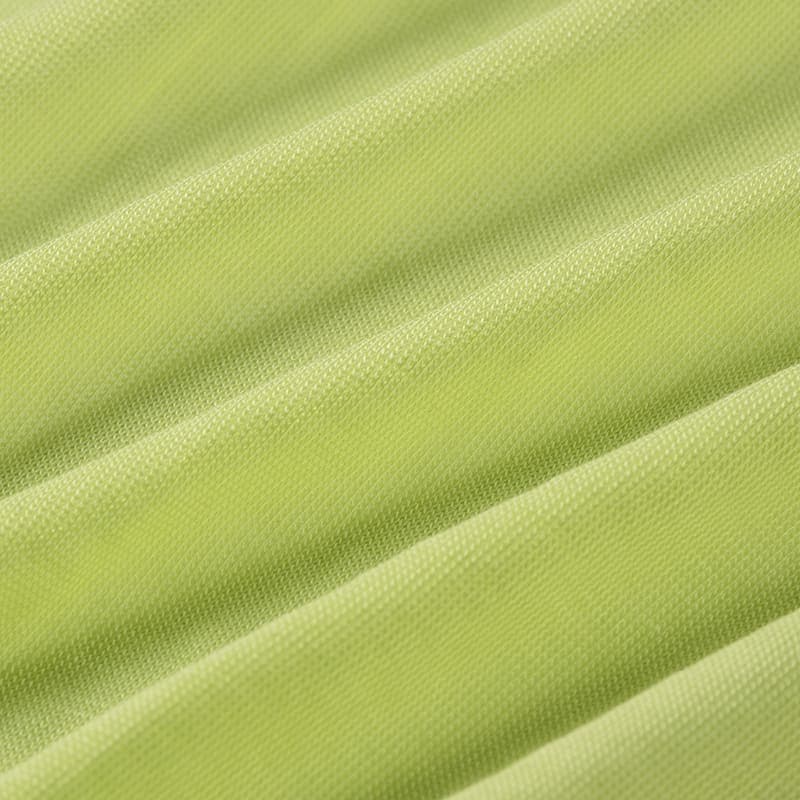
TENCEL™ (also known as Lyocell) is a high-performance fabric derived from wood pulp, making it both eco-friendly and incredibly soft. This fabric has become a premium choice for sustainable activewear brands, offering excellent moisture control, breathability, and a luxurious feel.
Why TENCEL™ is Ideal for Activewear
✔️ Silky Soft & Lightweight – Known for its luxurious smoothness, TENCEL™ is softer than cotton and feels incredibly light on the skin, reducing friction during movement.
✔️ Highly Breathable & Cool – TENCEL™ regulates body temperature by allowing excess heat to escape, making it perfect for intense workouts or warm climates.
✔️ Eco-Friendly & Sustainable – Made from responsibly sourced wood pulp, TENCEL™ is produced in a closed-loop system, where 99% of water and solvents are recycled, making it one of the most sustainable fabrics in the industry.
✔️ Odor-Resistant & Antibacterial – Naturally prevents bacteria growth, reducing the need for frequent washing and maintaining freshness.
Best Uses for TENCEL™ in Activewear
TENCEL™ is an excellent choice for:
Premium yoga and athleisure wear (leggings, sports bras, and tops)
Breathable workout t-shirts and tanks
Eco-conscious performance apparel (sustainable gym wear)
Base layers for temperature regulation
Potential Downsides
⚠️ More Expensive Than Synthetic Fabrics – Since TENCEL™ is a high-end material, it comes at a higher cost than polyester or cotton.
⚠️ Less Stretch Without Blending – On its own, TENCEL™ does not provide as much elasticity, so it is often blended with spandex for flexibility.
⚠️ Requires Gentle Washing – While durable, TENCEL™ should be washed carefully to maintain its softness and longevity.
TENCEL™ Blends for Performance Wear
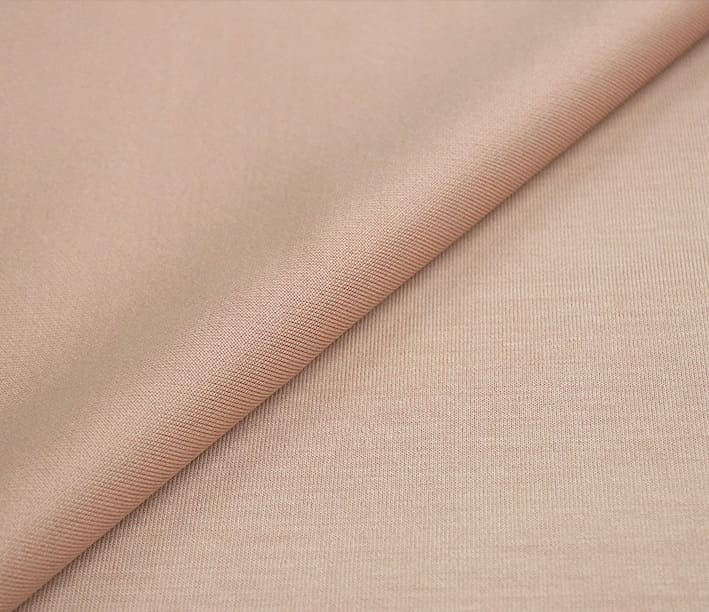
To improve its durability and stretch, TENCEL™ is often blended with:
- TENCEL™ + Spandex – Enhances flexibility, making it perfect for yoga and fitted sportswear.
- TENCEL™ + Cotton – Keeps the softness while adding structure and durability.
- TENCEL™ + Polyester – Boosts quick-dry capabilities for high-performance activewear.
TENCEL™ is an excellent option for brands looking to offer premium, sustainable, and performance-driven sportswear. With its luxurious comfort, eco-friendly appeal, and high breathability, it is a great choice for high-end activewear collections.
9. Polartec® – The Ultimate Insulation Fabric for Cold Weather Activewear
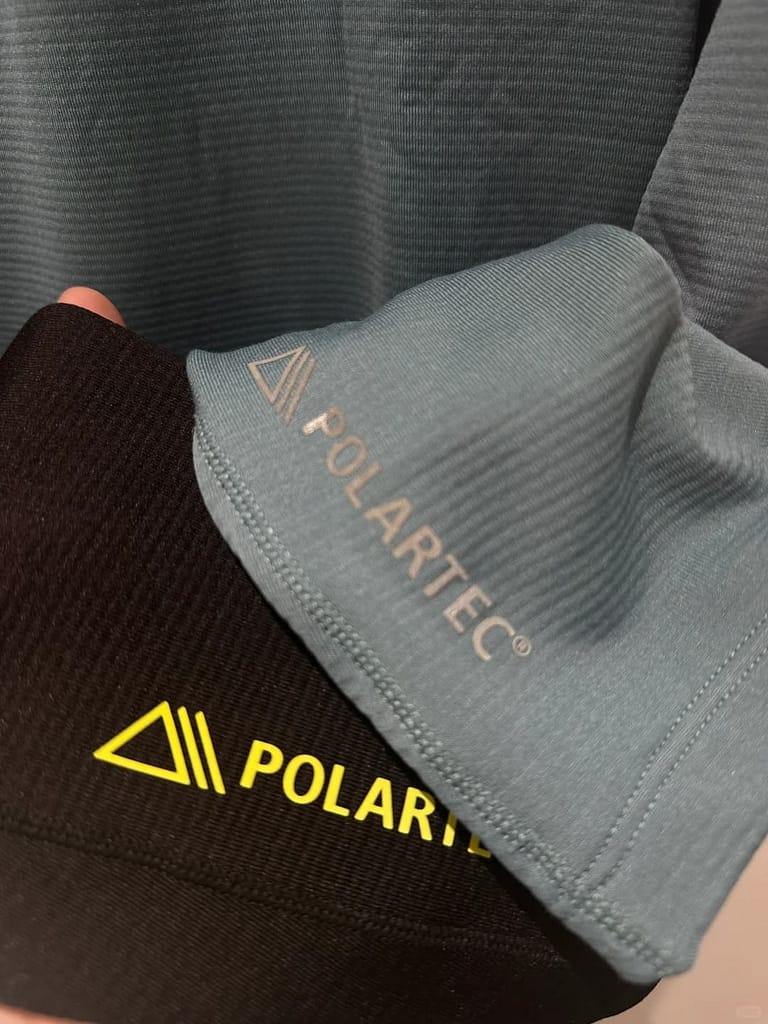
Polartec® is a high-performance fleece fabric designed for insulation and warmth in cold-weather activewear. Originally developed for outdoor and military applications, Polartec® is now widely used in winter sportswear, thermal base layers, and outdoor adventure gear.
Why Polartec® is Ideal for Activewear
✔️ Superior Insulation – Polartec® traps body heat while remaining breathable, making it perfect for winter sports and outdoor workouts.
✔️ Lightweight Yet Warm – Unlike traditional wool or bulky fleece, Polartec® is designed to be ultra-light while still providing excellent warmth.
✔️ Breathable & Moisture-Wicking – Despite being an insulating fabric, Polartec® allows moisture to escape, preventing overheating and keeping the body dry.
✔️ Quick-Drying & Water-Resistant – Many Polartec® variants feature hydrophobic fibers, which prevent moisture absorption and dry quickly even in damp conditions.
✔️ Durable & Long-Lasting – Designed to withstand harsh outdoor environments, Polartec® fabrics resist pilling and stretching, maintaining their performance over time.
Best Uses for Polartec® in Activewear
Polartec® is commonly used for:
Thermal base layers for winter sports (skiing, snowboarding, hiking)
Insulated jackets and outerwear
Cold-weather running and cycling gear
Military and tactical wear (due to its extreme durability)
Potential Downsides
⚠️ Not Windproof Unless Laminated – Standard Polartec® fleece provides insulation but is not windproof unless laminated with an additional outer layer.
⚠️ More Expensive Than Standard Fleece – Because of its premium performance properties, Polartec® costs more than generic fleece materials.
⚠️ Bulky for Some Applications – While lightweight compared to wool, Polartec® fleece is not as compressible as synthetic blends like nylon or polyester.
Polartec® Variants for Different Needs
There are different types of Polartec® fabrics designed for various performance levels:
- Polartec® Classic Fleece – Standard thermal insulation for cold-weather wear.
- Polartec® Power Grid™ – Lightweight and breathable for high-intensity activities in cold conditions.
- Polartec® Power Shield™ – Windproof and water-resistant, used in outerwear and extreme sports gear.
- Polartec® Alpha® – Designed for active insulation, keeping the wearer warm without overheating during movement.
Because of its exceptional warmth, durability, and moisture control, Polartec® is a top choice for winter activewear and outdoor performance brands. If your brand is targeting cold-weather athletes, hikers, or adventure sports, Polartec® is an excellent investment.
10. GORE-TEX® – The Gold Standard for Waterproof & Breathable Activewear
GORE-TEX® is one of the most advanced technical fabrics in activewear, known for its waterproof, windproof, and breathable properties. It is widely used in outdoor sportswear, rain jackets, and extreme weather gear because of its ability to keep athletes dry while allowing sweat to escape.
Why GORE-TEX® is Ideal for Activewear
✔️ 100% Waterproof – GORE-TEX® features a microporous membrane that prevents rain and water from penetrating, making it ideal for running, cycling, and hiking in wet conditions.
✔️ Highly Breathable – Despite being waterproof, the fabric allows moisture (sweat) to escape, preventing overheating and discomfort.
✔️ Windproof Protection – In addition to water resistance, GORE-TEX® blocks harsh winds, making it perfect for winter sports and high-altitude activities.
✔️ Durable & Long-Lasting – Designed to withstand extreme conditions, GORE-TEX® maintains its waterproof properties for years without degrading.
Best Uses for GORE-TEX® in Activewear
GORE-TEX® is commonly used in:
Waterproof running and cycling jackets
Outdoor and adventure sportswear (hiking, climbing, mountaineering)
Winter sportswear (skiing, snowboarding)
Motorcycle and extreme sports gear
Potential Downsides
⚠️ Higher Cost – Due to its advanced technology and durability, GORE-TEX® is more expensive than standard waterproof fabrics.
⚠️ Less Flexible Than Other Fabrics – GORE-TEX® is not as stretchable as nylon or polyester, so it is often used in outer layers rather than compression wear.
⚠️ Requires Special Care – Harsh detergents or fabric softeners can damage the waterproof membrane, so GORE-TEX® requires gentle washing and maintenance.
GORE-TEX® Variants for Different Needs
Different types of GORE-TEX® exist to match specific performance requirements:
- GORE-TEX® Paclite® – Lightweight and easily packable, used for travel-friendly rain jackets.
- GORE-TEX® Pro – Maximum durability for harsh conditions and professional outdoor sportswear.
- GORE-TEX® Active – Designed for high-intensity workouts like running and cycling in wet weather.
Because of its unparalleled waterproofing, wind resistance, and breathability, GORE-TEX® remains the top choice for premium activewear brands catering to outdoor enthusiasts, extreme sports athletes, and professional adventurers.
How to Choose the Right Fabric for Your Activewear Line
Now that we’ve covered the most common activewear fabrics, how do you decide which one is right for your brand? The best fabric depends on your target market, product function, and price point. Below are the key factors to consider when selecting the perfect material for your activewear collection.
Identify the Purpose of Your Activewear
Different sports and fitness activities require different fabric properties. Before choosing a fabric, ask yourself:
- Is the clothing for high-intensity workouts? → Choose polyester or nylon for moisture-wicking and durability.
- Does the garment need maximum stretch and flexibility? → Use spandex blends for leggings, compression wear, and yoga apparel.
- Is it for outdoor sports or extreme weather? → Consider GORE-TEX® (waterproof) or Polartec® (insulated fleece).
- Are you creating sustainable or eco-friendly activewear? → Opt for bamboo, TENCEL™, or recycled polyester.
- Is the focus on casual athleisure? → Use cotton blends or bamboo fabric for soft, breathable comfort.
Balance Cost and Quality
Fabric costs can vary significantly, so you need to find the right balance between price, performance, and customer expectations.
- Low to Mid-Range Budget: Polyester is the most affordable and versatile activewear fabric.
- Mid to High-End Market: Nylon offers a softer feel, better durability, and higher quality, but it costs more than polyester.
- Luxury & Eco-Friendly Brands: Bamboo, TENCEL™, and Merino Wool are premium, sustainable options, but they are also more expensive.
Tip: If you’re just starting out, consider fabric blends (e.g., polyester + spandex) to balance cost and performance.
Test Fabric Samples Before Bulk Orders
Before committing to a fabric for your activewear line, always request fabric swatches or samples. Testing fabrics will help you evaluate:
Stretch & Recovery – Does the fabric retain its shape after multiple wears?
Moisture-Wicking Performance – Does sweat dry quickly, or does the fabric become damp?
Softness & Comfort – Does it feel comfortable against the skin, or is it rough?
Shrinkage & Pilling – Does it hold up after multiple washes, or does it pill and shrink?
By testing fabrics beforehand, you can avoid surprises and ensure the best experience for your customers.
Understand Fabric Blends for Optimal Performance
Many activewear brands use fabric blends to maximize performance. Some popular combinations include:
- Polyester + Spandex – High stretch, quick-drying, and durable (ideal for leggings, sports bras).
- Nylon + Spandex – Premium softness, flexibility, and moisture-wicking (great for yoga and compression wear).
- Cotton + Polyester – A balance of softness and breathability (best for casual activewear).
- Bamboo + Spandex – Eco-friendly, breathable, and stretchable (perfect for sustainable activewear).
Choosing the right blend ensures that your products offer both comfort and performance without compromising on cost.
Selecting the right fabric for your activewear line requires careful consideration of performance, cost, and customer expectations. Whether you’re designing high-performance gym wear, sustainable yoga apparel, or winter sportswear, understanding fabric properties will help you deliver high-quality products that your customers love.
Looking for high-quality activewear fabrics? Valtin Apparel offers a wide selection of customizable, performance-driven materials to help your brand stand out in the market.
FAQs: Choosing and Sourcing Activewear Fabric
What is the best fabric for activewear?
Polyester and nylon are the best for durability and moisture-wicking, while spandex provides stretch.
Which fabric is most breathable for workouts?
Bamboo, TENCEL™, and lightweight polyester blends offer the best breathability.
What fabric is best for high-performance sportswear?
Nylon + spandex blends provide high durability, flexibility, and moisture control.
Is cotton a good choice for activewear?
Pure cotton absorbs sweat and dries slowly. It’s better when blended with polyester or spandex.
How can I test fabric quality before bulk ordering?
Request fabric samples and check for stretch, moisture-wicking, durability, and softness.
What is the most sustainable activewear fabric?
Recycled polyester, bamboo, and TENCEL™ are the most eco-friendly options.

